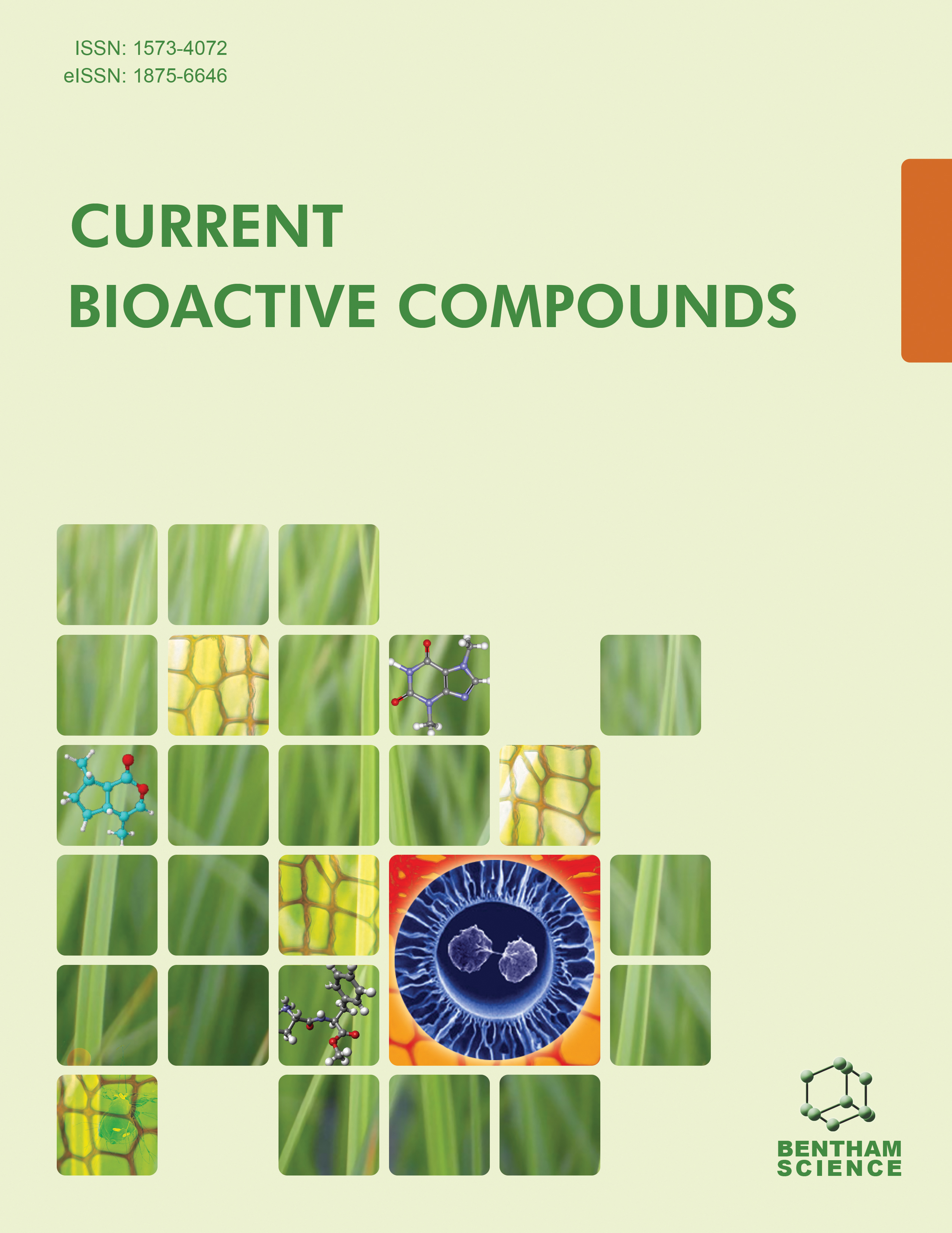
Full text loading...
Alkanna tinctoria, called as Alkanet, is considered as a perennial plant (family: Boraginaceae). The plant is well-known for its large quantity of naphthoquinone enantiomers, specifically Alkannin and Shikonin (A/S). These compounds offer various pharmaceutical applications and find use in cosmetics, food supplements, and natural dyes. A search was conducted on the online databases Scopus, ScienceDirect, PubMed, Web of Science, and Google Scholar using the following keywords including traditional applications, phytochemical compositions, alkannin, shikonin, endangered species, wound healing, ulcer, and toxicity about A. tinctoria. Shikonin known for a coloured pigment that has been isolated from A.tinctoria has several potential effects as an anti-inflammatory, anticancer agent and in the management of wound healing. However, several obstacles prevent them from reaching their full potential. Sustainable production is a significant obstacle; relying on plant sources raises worries about supply and environmental impact, which necessitates the use of alternate technologies such as plant tissue culture or microbial biosynthesis. Also, possible side effects and toxicity need to be fully studied to make sure they are safe for people to use. The current manuscript describes the isolation, biosynthesis, patents filed, clinical trials, toxicity studies, and various novel formulations containing A/S.

Article metrics loading...

Full text loading...
References


Data & Media loading...

